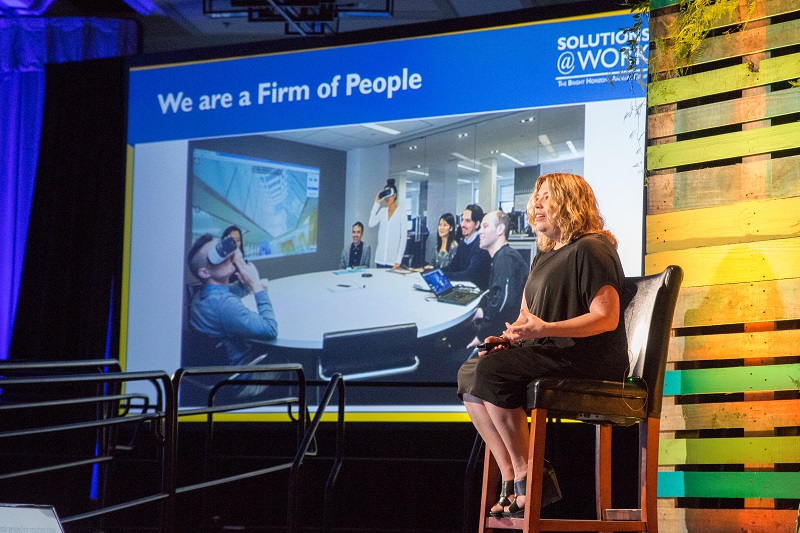Benefit Equity for Careers, Family...and Fido
No doubt, parents get the most press. Let's face it: their challenges (and related costs to employers) are pretty clear: no child care, no client meetings, no work, no productivity. Since benefits are designed to solve problems (and since we need employees to have children if we plan to have future employees), it makes perfect sense for HR to tackle the big (and important) challenge in front of them.But what if "family" isn't a child, but a boyfriend, an elderly aunt!or a dog? And what if your employee handbook doesn't explain flexibility in detail? Then decisions about personal obligations are left to managers. And that's going to come down to personal experience. A supervisor struggling with her own parenting challenges might be prickly about a childless employee's doctor's appointment during work hours. Another without children (or with a stay-at-home spouse) might look sideways at parents making the mad dash to the school bus. Then you've got inequity across departments, and unhappy people.
Step One: Make Your Policy Official
So what's the answer? First and foremost, make your policy official. If you believe in flexibility for all, write it down, put it in your handbook, and communicate it from leadership on down. It's the only way to ensure one policy for all. A few other tips:Think about benefit equity
Are large groups of employees being left out of benefits? That's a sign you need to reassess. The beauty of back-up care is that it can be leveraged to help people with children and elders ; two birds, one benefit.
Be mindful about handing off assignments
Parents often use flex time to accommodate child care. Guess who that leaves in the office from 9 to 5? Handing off assignments at 4:45 to childless workers is often less a childless penalty than a matter of convenience -- one that can be avoided with strict divisions of labor.
Avoid value judgments
If a great employee says, "I have to leave," do you need to know why? Horizons Workforce Consulting's Lucy English likes the "virtual baby" approach -- an avatar for whatever your "baby" is. "Yours may be an actual baby; mine might be training for a marathon," she says. "All of these are perfectly relevant 'dependents;' they're just couched under a symbol that makes them all equal."
Why should you care about any of this? The 2014 Census says the number of "traditional" married families is declining, now less than half of today's households. So policies aimed at only one of the two demographics ; those with children or without ; miss a full half your workforce. And that's a big miss. Take on both of them, and you'll get back not just employees who like you better!but people who like each other better, too.




